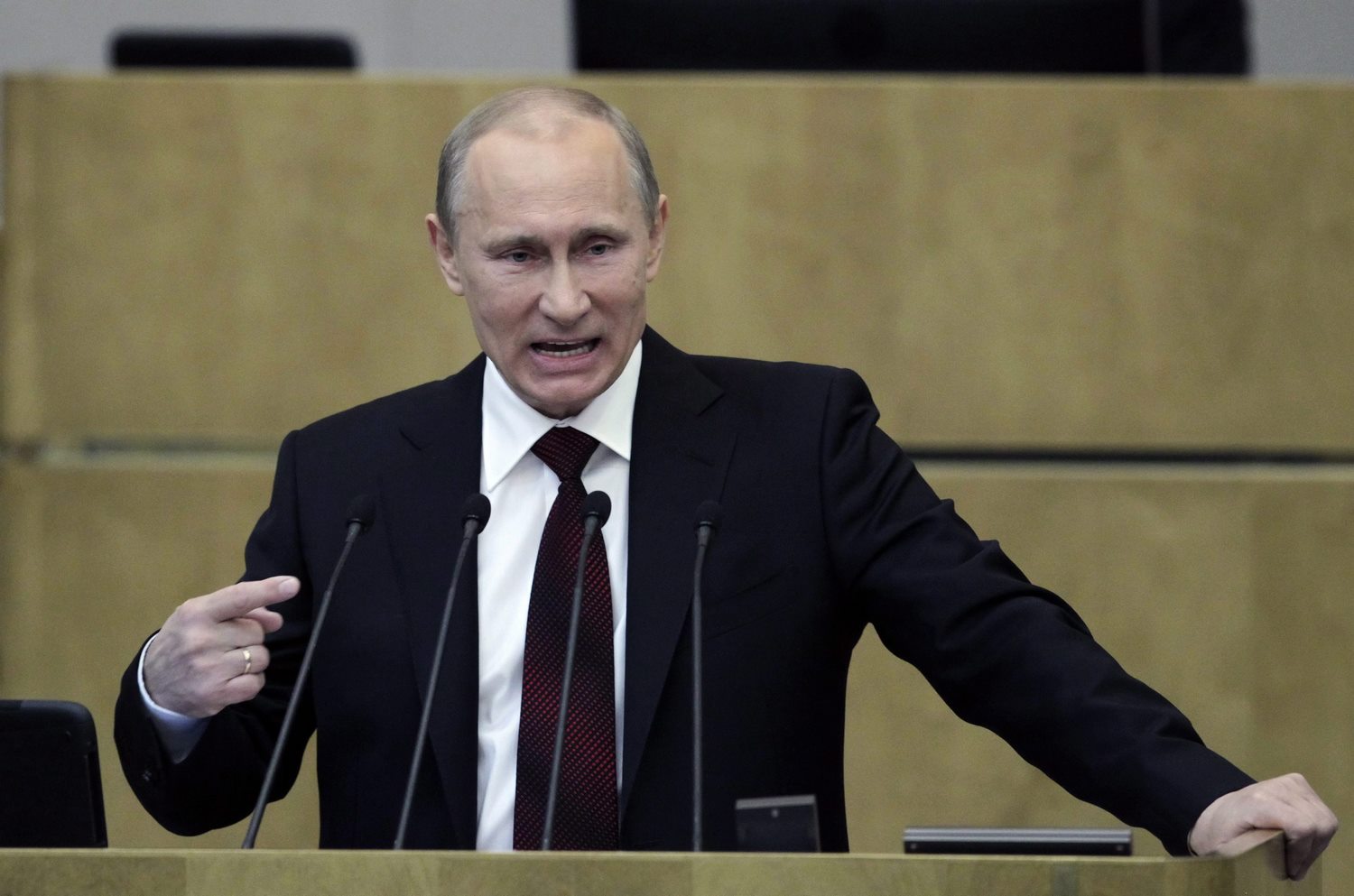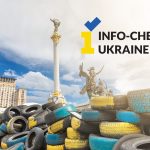RUSSIA MONITOR
Date: 31 May 2017
Putin’s Stalinist Guard
When establishment of the Russian National Guard was decided, references included American models. However, the Russian Guard rather resembles the Stalinist formation used to suppress behind-the-front areas during the last world war. The NKVD of that time and today’s National Guard have two common features: their enemy is domestic and they serve the leader and not the state.

As reported by Russian media, the National Guard will in its units restore distinctions awarded in NKVD’s domestic troops during World War II. There will also be names evoking these times. One of the units is to be named after Felix Dzerzhinsky. Also the military academy in Saratov is to get back its old name (Dzerzhinsky Military Institute in Saratov honoured with the Order of the Red Banner). Dzerzhinsky was added to the name of the academy in 1966 and remained there until 1997. Dzerzhinsky was a comrade of Lenin, Stalin, and Trotsky, founder and first chief of the Bolshevik terror apparatus. In 1917-1926, initially he was head of the All-Russian Emergency Commission for Combating Counter-Revolution and Sabotage (Cheka), and later, after its reorganisation, of the State Political Directorate (GPU) and Joint State Political Directorate (OGPU).
Putin has always feared a so-called colour revolution. This is even mentioned as one of the main threats in the Russian Federation’s strategic documents. The National Guard, with a target headcount as high as 400,000, is to be the miracle cure for a revolt. The Russian Guard is a new power structure set up by president’s decree dated 5 April 2016 on the basis of the Internal Ministry’s domestic troops. The formation reports to the president directly and is headed by the director of the federal Russian Guard service. Viktor Zolotov, formerly Putin’s security boss for many years, was appointed to this position.
Who can Putin rely on in the case of an attempted coup? Two elite military divisions are stationed on the outskirts of Moscow: the 2nd Guards Tamanskaya Motor Rifle Division and the 4th Guards Kantemirovskaya Tank Division. In total, 20,000 soldiers. The Kremlin itself is protected by the Kremlin Regiment of the Federal Protective Service (5,500 strong). The National Guard means another 20,000 troops in Moscow, in addition to the elite 1st Dzerzhinsky Independent Special Purpose Division from Balashikha), 35,000 men of former Interior Troops (including the 21st Independent Spetsnaz Brigade and the 604th Spetsnaz Centre), and 35,000 from OMON units. This means that only in and around Moscow Putin has 80,000 armed men at his disposal. The problem is he cannot be sure if all of them are loyal. The National Guard is aimed to address precisely that problem.
All texts published by the Warsaw Institute Foundation may be disseminated on the condition that their origin is credited. Images may not be used without permission.










